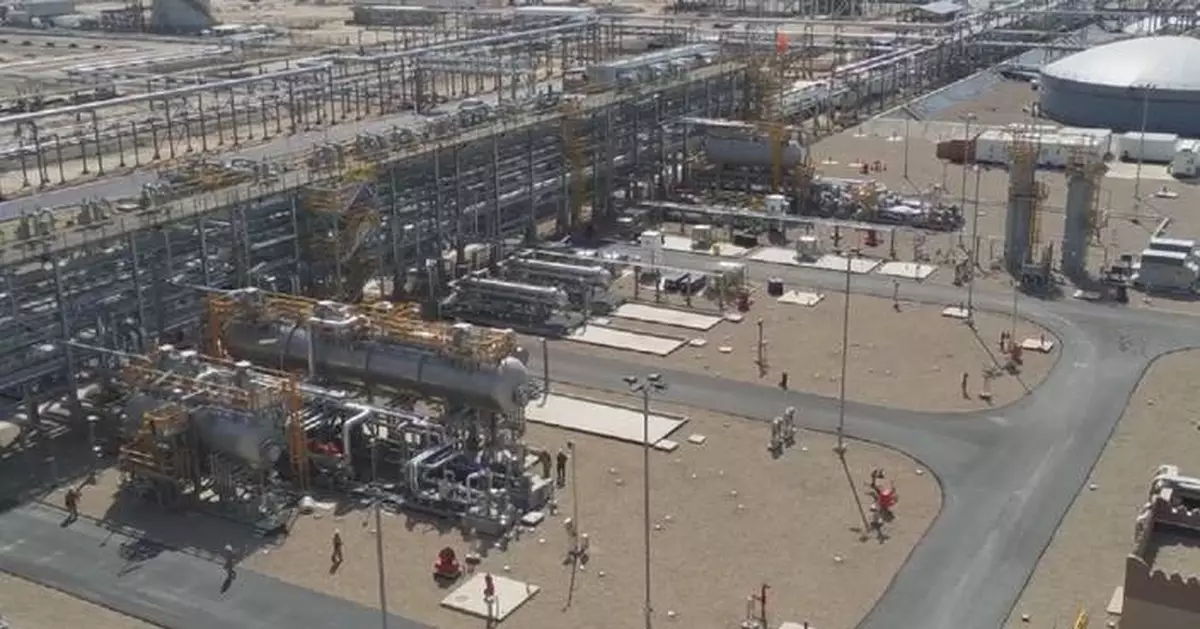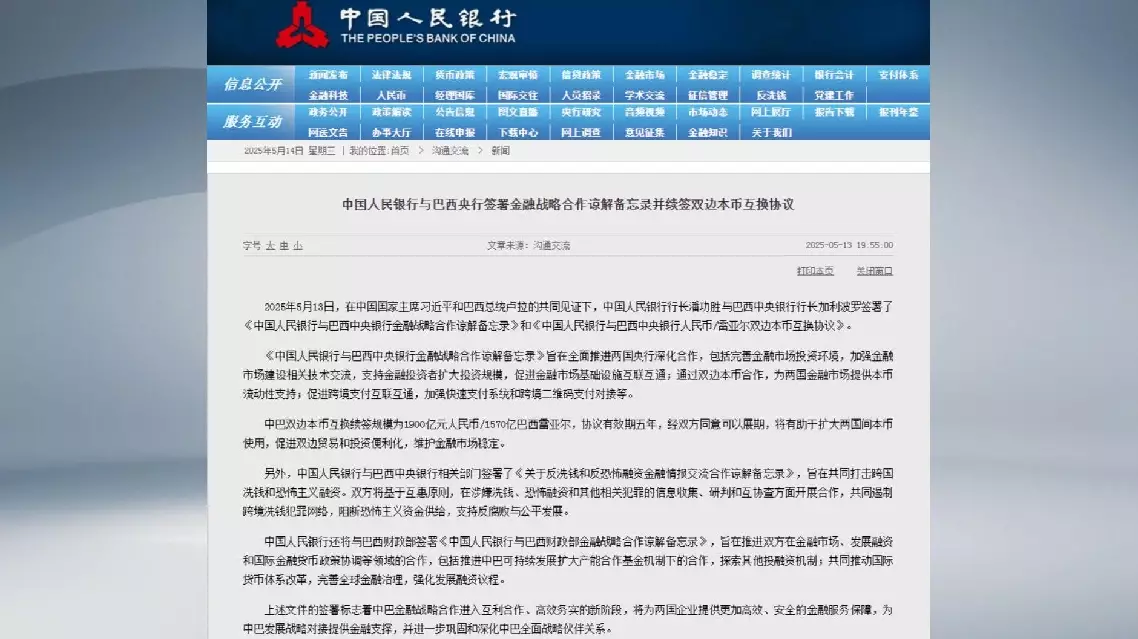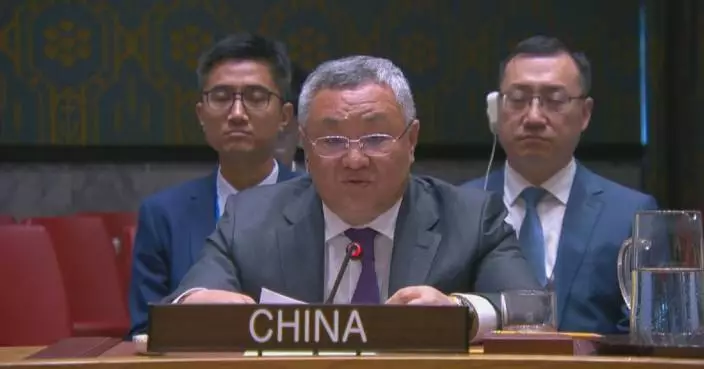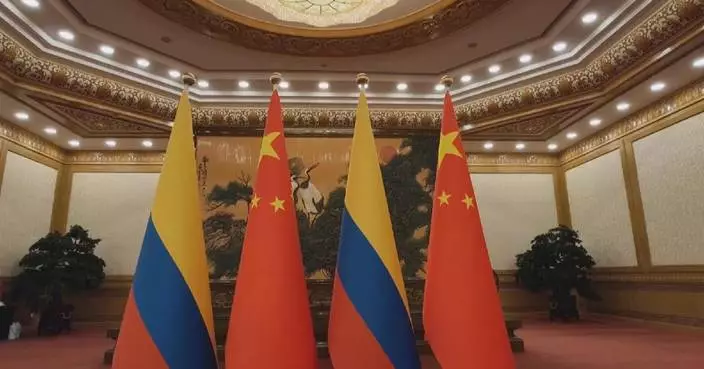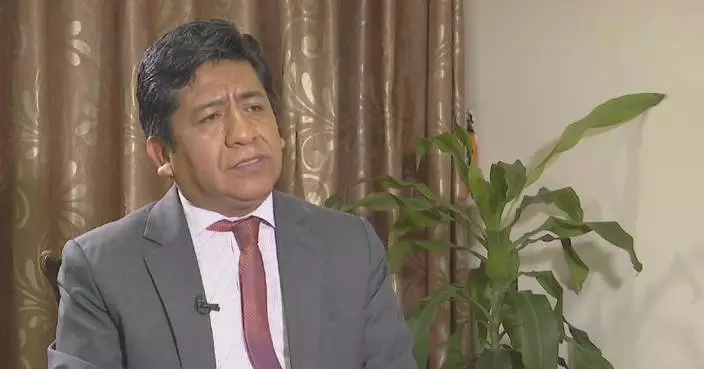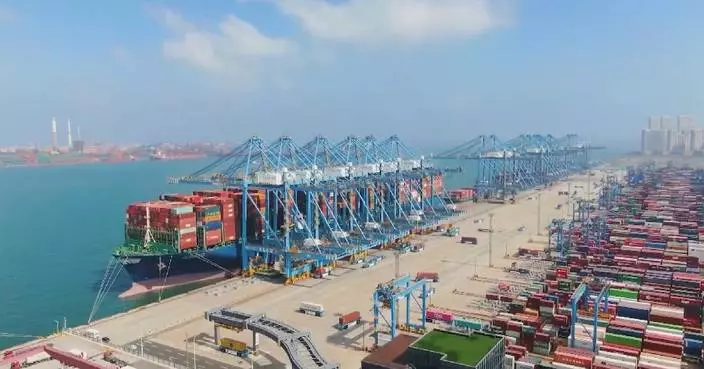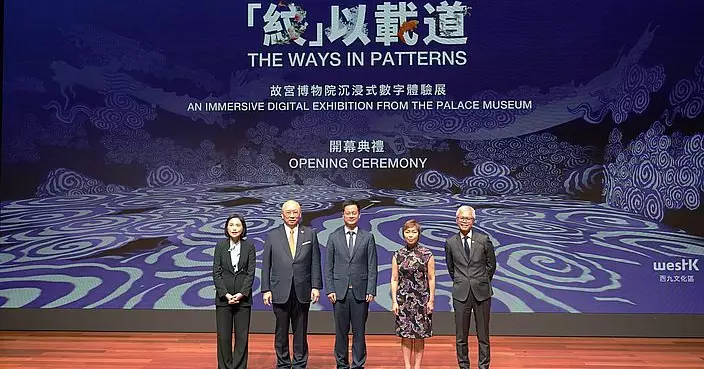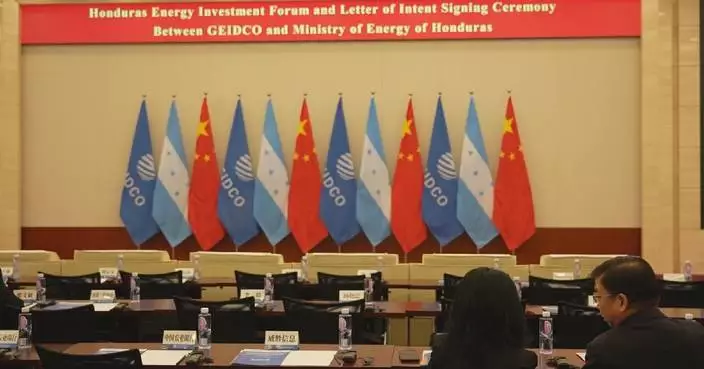The West Qurna-1 oilfield in Iraq, one of the world's largest oilfields, has reached a production milestone in PetroChina's first year as the lead contractor.
Located 50 kilometers northwest of Basra in southern Iraq, the West Qurna-1 oilfield holds geological reserves of 10 billion tons, with an estimated remaining recoverable amount of 3.06 billion tons. It's annual output of crude oil exceeds 25 million tons.
PetroChina, one of China's major oil and gas producers and distributors, replaced ExxonMobil as the lead contractor for the West Qurna-1 oilfield, holding the largest stake, with development officially kicking off on Jan 1, 2024.
Since then, PetroChina has helped steadily increase production at the oilfield to 550,000 barrels per day.
The Iraqi government has given credit to PetroChina for Iraq's energy development sector.
"The oilfield is currently being developed by PetroChina, which has made significant efforts to continue its development, increasing its daily production to 550,000 barrels. The company also prioritizes regional public welfare, delivering benefits to the local community by rebuilding roads, providing essential services, and creating more jobs in the area," said Hayyan Abdul Ghani, Iraqi deputy prime minister for energy affairs and minister of oil.
Looking ahead, the oilfield is aiming for further production increases.
"With the help of PetroChina, we have witnessed significant progress in both oilfield production and local livelihoods. The company has also provided services to local communities living near the oilfield. There have been notable improvements in the oilfield's development plans, production capacity, and crude oil quality. We are confident that we will ultimately achieve a daily production of 800,000 barrels, and even reach 1.2 million barrels," said Bassem Al-Ghalabi, deputy general manager of Basra Oil Company.
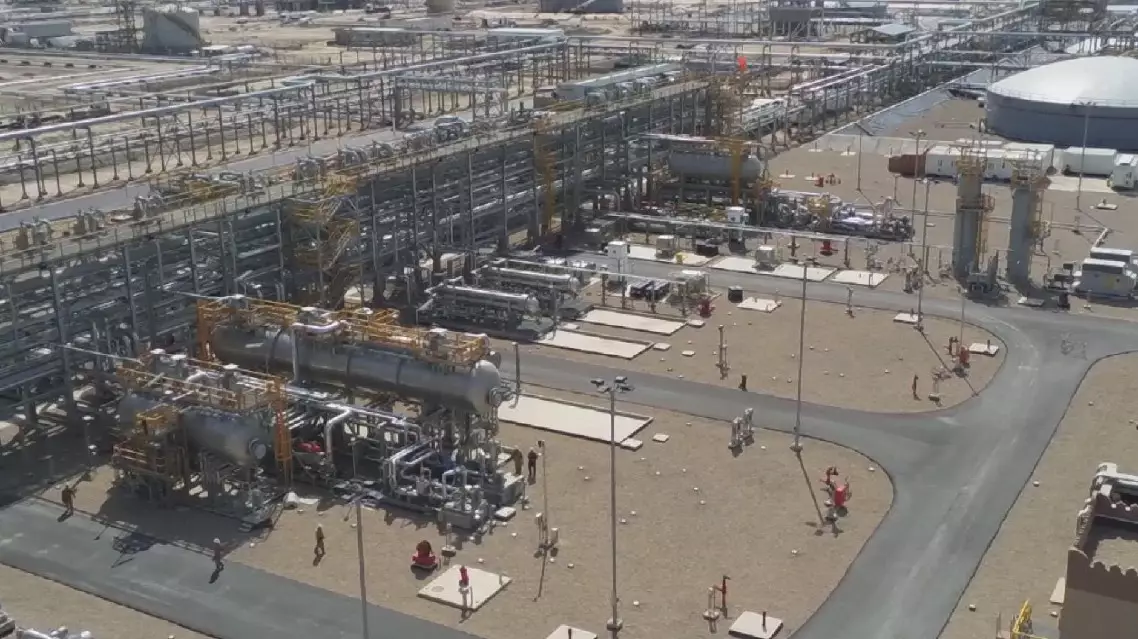
PetroChina-led operations push Iraqi oilfield to record output


